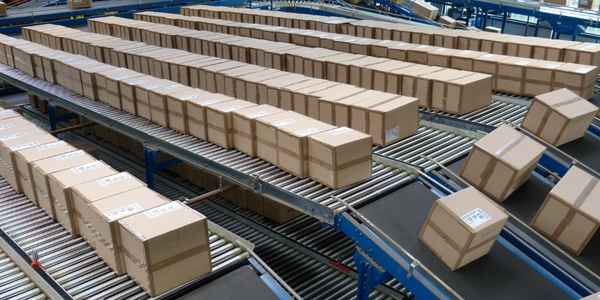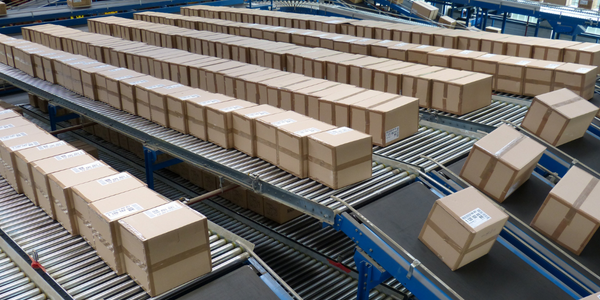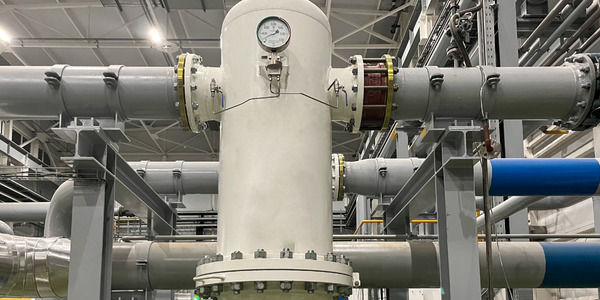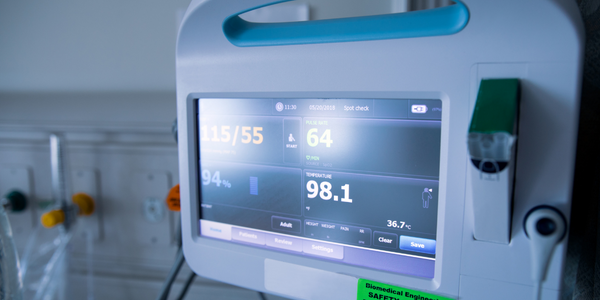技术
- 功能应用 - 产品生命周期管理系统 (PLM)
- 传感器 - 触觉传感器
适用行业
- 教育
- 包装
适用功能
- 现场服务
- 维护
用例
- 智能包装
- 时间敏感网络
服务
- 培训
关于客户
该客户是包装行业的全球领导者,拥有广泛的产品组合。他们生产、交付和安装多种类型的包装机,每种都有其自身的复杂性和针对客户的优化。他们还为客户提供持续的服务。公司致力于技术创新,不断更新产品系列以满足客户需求。他们拥有强大的服务台和研发团队,传统上为现场服务工程师创建定制指南。认识到数字化转型的必要性,该公司寻求以更具可扩展性和可访问性的方式数字化和发布故障排除指南。
挑战
该全球包装领导者拥有庞大的产品组合,包括多种类型的包装机,每种类型都有其自身的复杂性和针对客户的优化。持续的技术创新和产品多样性使文档的版本控制对员工来说成为一项具有挑战性的任务。每当服务工程师遇到问题时,他们都会向服务台请求具体指示。反过来,服务台将依靠研发团队来创建定制指南。这些指南传统上是使用 Word 和 PDF 文档创建并打印以供现场使用。该公司认识到需要以更具可扩展性的方式数字化和发布故障排除指南,旨在使指南更易于访问、易于使用并提高服务生产力。他们还寻求减少新员工的培训时间。
解决方案
该公司与 SwipeGuide 合作开发更有效的数字指令。他们与 SwipeGuide 一起启动了价值证明项目,重点是标准化指令并使其易于发现和使用。该团队的目标是将大量以工程为中心的手册转换为面向任务的工作说明,并收集现场服务工程师的反馈以进行进一步改进。最初的价值证明重点关注其最畅销的机器,最终创建了 11 个指南,重点关注不同的故障排除领域,例如维护、转换和其他流程。 SwipeGuide 平台上共有 11 条指令、586 个不同步骤被数字化。借助 SwipeGuide,工程师可以在手机或可穿戴设备上访问最新的故障排除指南,从而节省大量时间并提高工作满意度。
运营影响
数量效益

Case Study missing?
Start adding your own!
Register with your work email and create a new case study profile for your business.
相关案例.

Case Study
IoT Data Analytics Case Study - Packaging Films Manufacturer
The company manufactures packaging films on made to order or configure to order basis. Every order has a different set of requirements from the product characteristics perspective and hence requires machine’s settings to be adjusted accordingly. If the film quality does not meet the required standards, the degraded quality impacts customer delivery causes customer dissatisfaction and results in lower margins. The biggest challenge was to identify the real root cause and devise a remedy for that.

Case Study
Zenon the Ideal Basis for An Ergonomic HMI
KHS develops and produces machines and equipment for filling and packaging in the drinks industry. Because drinks manufacturing, filling and packaging consist of a number of highly complex processes, the user-friendly and intuitive operation of equipment is increasingly gaining in significance. In order to design these processes as simple as possible for the user, KHS decided to introduce a uniform, transparent and standardized solution to the company. The HMI interface should meet the requirement for people with different qualifications and enable them to work on a standard platform.

Case Study
Sparks Dynamics Assists Atlas Container Secure a $15,000 BGE Energy Rebate
The ReMASTER Compressed Air Monitoring system was installed in 2015. This system is capable of monitoring compressed air system parameters on a continuous basis and transferring that information to a cloud server which can be accessed by Atlas Container personnel, Industrial Diagnostics and Sparks Dynamics. This information was collected into a database which can be exported to an Excel spreadsheet or displayed graphically using Sparks Dynamics ViewMaster Software. The average annual compressed air electricity expense was estimated to be approximately $116,000. This is based on an incremental $/KWh electric rate of $.091 per KWh and an estimated compressed air energy consumption of 1,279,200 KWH. The implementation phase of Energy Conservation Measures (ECMs) for the Compressed Air System included: • Identification and repair of compressed air leaks • Understanding of compressed air usage per manufacturing machine and installation of shut off valves when the machines are no longer in production mode • Identification of misapplications of compressed air to include blow offs, venturis, and cooling scenarios • Understand system pressure requirements and potential installation of point of use pressure regulation.

Case Study
Mondi Implements Statistics-Based Health Monitoring and Predictive Maintenance
The extrusion and other machines at Mondi’s plant are large and complex, measuring up to 50 meters long and 15 meters high. Each machine is controlled by up to five programmable logic controllers (PLCs), which log temperature, pressure, velocity, and other performance parameters from the machine’s sensors. Each machine records 300–400 parameter values every minute, generating 7 gigabytes of data daily.Mondi faced several challenges in using this data for predictive maintenance. First, the plant personnel had limited experience with statistical analysis and machine learning. They needed to evaluate a variety of machine learning approaches to identify which produced the most accurate results for their data. They also needed to develop an application that presented the results clearly and immediately to machine operators. Lastly, they needed to package this application for continuous use in a production environment.

Case Study
Automated Pallet Labeling Solution for SPR Packaging
SPR Packaging, an American supplier of packaging solutions, was in search of an automated pallet labeling solution that could meet their immediate and future needs. They aimed to equip their lines with automatic printer applicators, but also required a solution that could interface with their accounting software. The challenge was to find a system that could read a 2D code on pallets at the stretch wrapper, track the pallet, and flag any pallets with unread barcodes for inspection. The pallets could be single or double stacked, and the system needed to be able to differentiate between the two. SPR Packaging sought a system integrator with extensive experience in advanced printing and tracking solutions to provide a complete traceability system.

Case Study
Revolutionizing Medical Training in India: GSL Smart Lab and the LAP Mentor
The GSL SMART Lab, a collective effort of the GSL College of Medicine and the GSL College of Nursing and Health Science, was facing a challenge in providing superior training to healthcare professionals. As clinical medicine was becoming more focused on patient safety and quality of care, the need for medical simulation to bridge the educational gap between the classroom and the clinical environment was becoming increasingly apparent. Dr. Sandeep Ganni, the director of the GSL SMART Lab, envisioned a world-class surgical and medical training center where physicians and healthcare professionals could learn skills through simulation training. He was looking for different simulators for different specialties to provide both basic and advanced simulation training. For laparoscopic surgery, he was interested in a high fidelity simulator that could provide basic surgical and suturing skills training for international accreditation as well as specific hands-on training in complex laparoscopic procedures for practicing physicians in India.







